Dip tanks
Dip tanks- A Community Building Block
The structure
A dip tank is a pool of water with railings on the side to force cattle into swimming through this pool which is mixed with an insecticide. This kills all the ticks, and other external parasites, on them. These dips were built by the government to support stock farmers and are widely scattered around the province especially in the previous homelands.

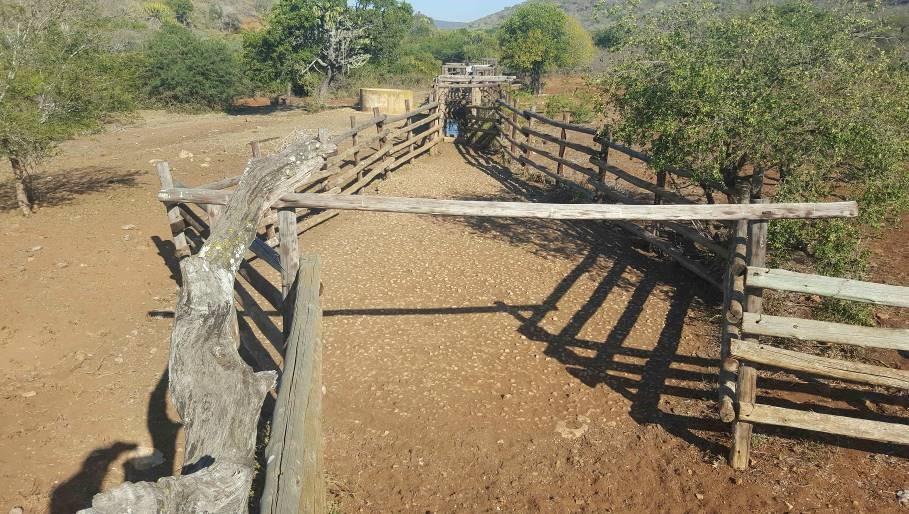
The institution
Each local municipality has a livestock association. This has an Executive Committee representing it and making decisions and linking to the Veterinary sub department inside the Department of Agriculture. The livestock association meets once a month with representatives from each dip tank in the area (usually between 60 -80 diptanks) they talk about livestock related issues and receive free insecticide for their diptanks from the government. The diptanks are represented by two members per diptank. The dipping takes place monthly in summer and quarterly in winter. Each member pays a nominal fee to be a member and be able to bring their livestock to be dipped. GAP works with livestock associations to train their members in livestock production and health and the use of CAHWs
The coverage
Here are the dip tanks shown with coloured dots overlaid on the map of KZN illustrating the spread of dips throughout the province. There are over 1600 in KZN.

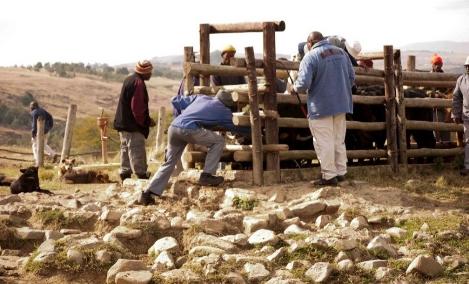
Centre points for all livestock owners
Diptanks are a gathering point of cattle owners who already have regular meetings, annual elections, and are recognised by the state institutions and political powers. They are geographically neutral, and cover the whole province. The people bringing cattle to dips are often youngsters.
As anchor points for censuses
The larger GAP project use dip tanks as anchors for our working areas and communities. As the dip tanks override political and social boundaries they give a truly random slice of the community that we work with. GAP conducts livestock censuses using the dip tank feeding areas as outer boundaries that we GPS and thus are able to judge area as well as be specific about the size of a community.The whole community inside the GPS area is interviewed and not just livestock owners.
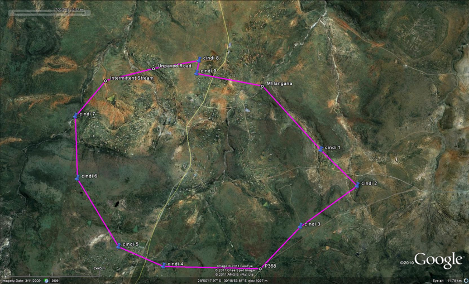
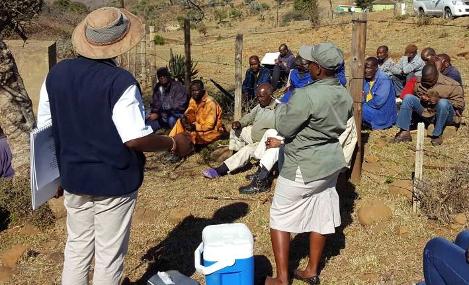
As a training venue
GAP uses the dip tanks days to train farmers in basic animal health and livestock management principles CAHWs also get to talk about their work and show of their knowledge to the farmers,their future clients
Transformation
Women have never been part of dip tank committees as they are not traditionally the owners of cattle and dip tanks were only ever for cattle and cattle owners. Over time we will be ensuring that the institution represents owners of different livestock types but also offers services for these different types, such as goats We are also working to get these women and youth represented on the management structure of livestock associations so as to better lobby for their interests.
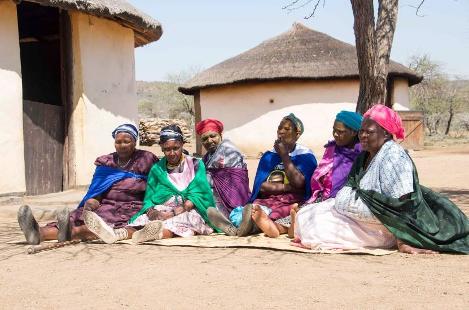

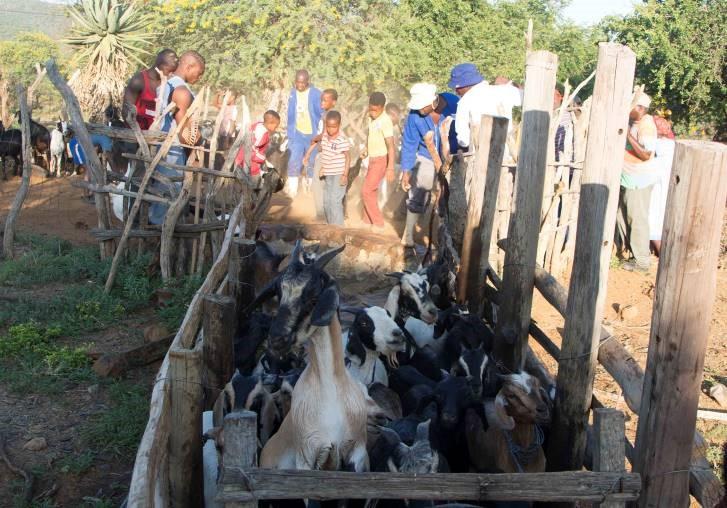
The future
In the future dip tanks will also cater for different types of livestock and include both the youth and women its daily activities and management. We plan to start introducing goats dips to start catering for this much larger and more needful group of livestock owners.

